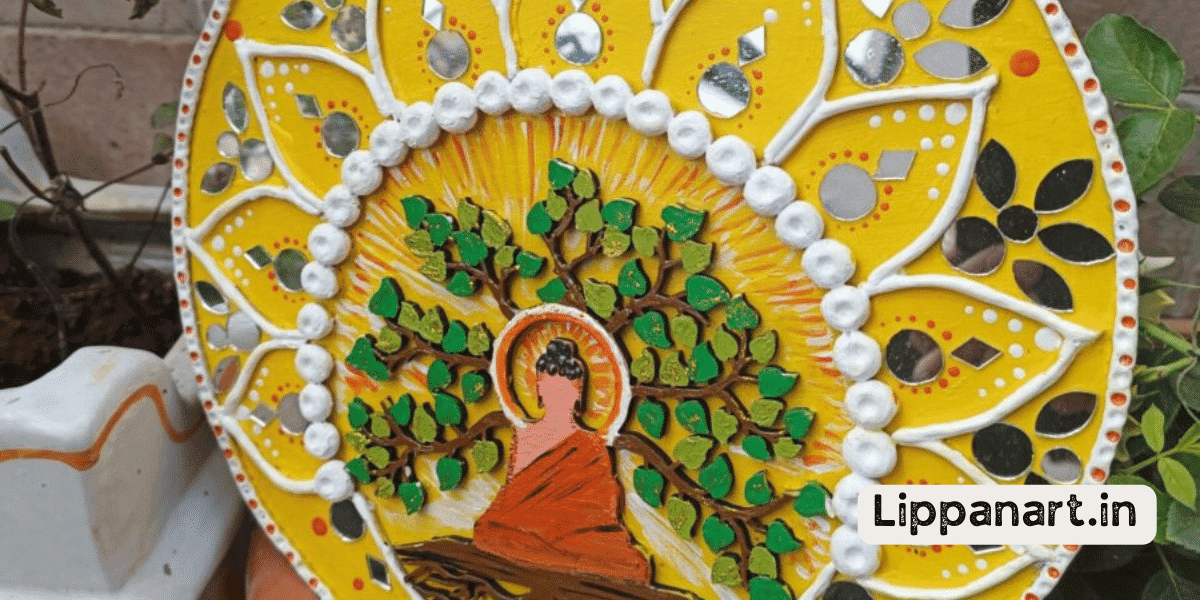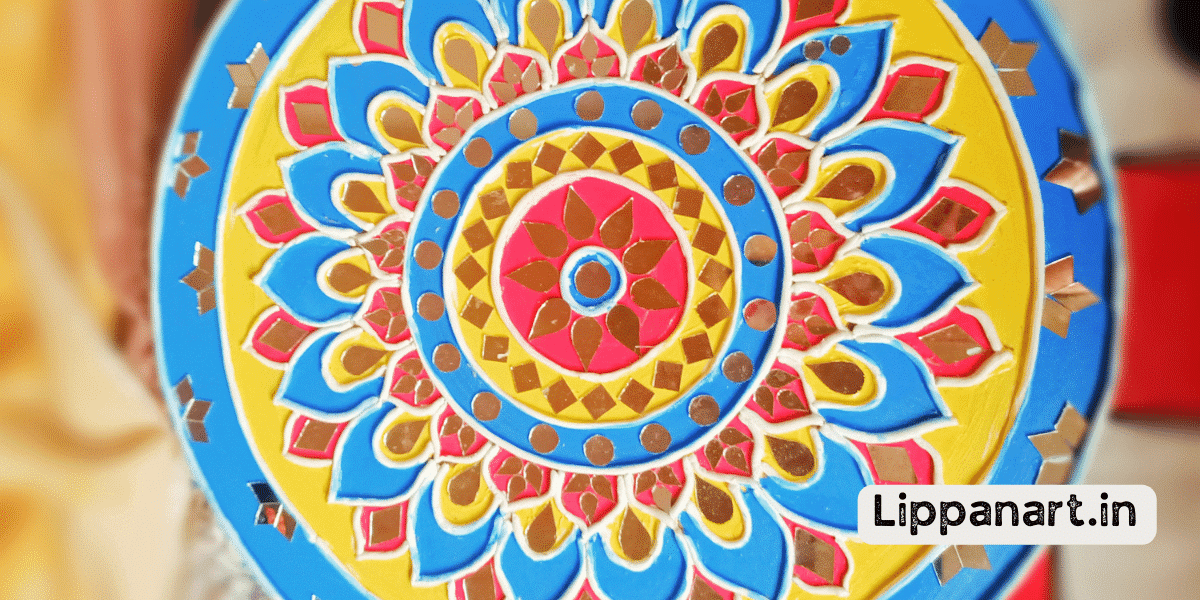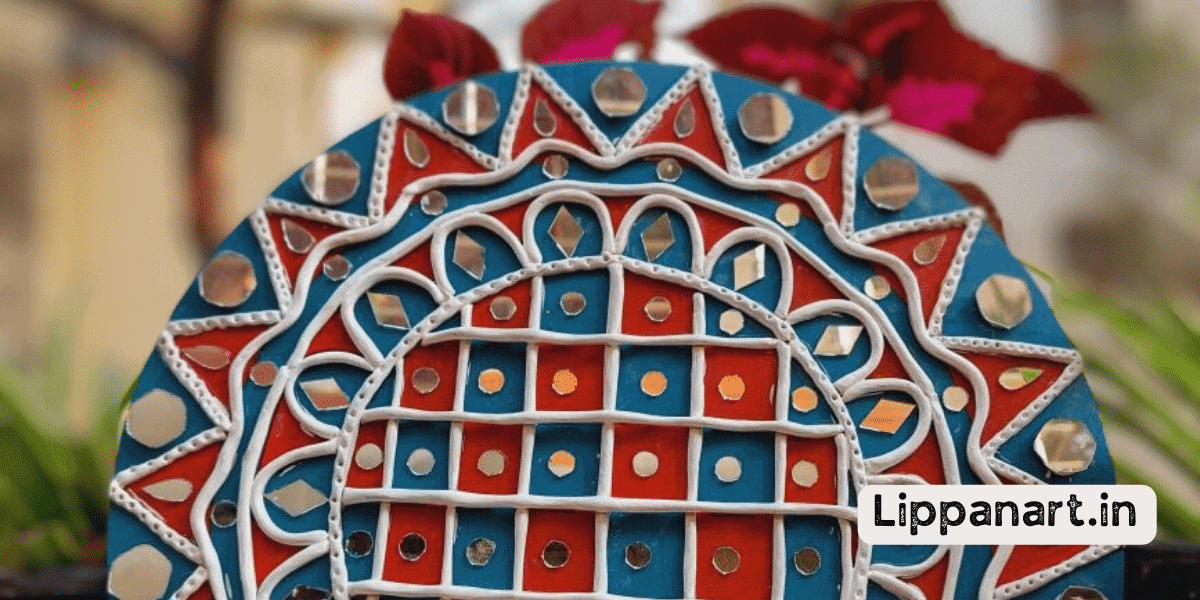You may be familiar with the stunning contrast of black and white art, but have you ever considered what it symbolizes?
From the timelessness of classic artistry to emotional moods to powerful visual impact, black and white can signify many things.
Using a palette of only these two colours, artists evoke a range of emotions and stir up powerful images.
Like two sides of the same coin, black and white can represent balance, harmony, and duality.
Dive into this article to explore what black and white symbolize in art.
Key Takeaways
- Black and white create a powerful contrast and balance in art.
- Black and white represent duality and harmony in art.
- Black and white can be used to explore both simplicity and complexity in art.
- Black and white can tap into various emotions and create specific moods.
Contrast and Balance
Black and white create a powerful contrast and balance in art, evoking emotions and meanings. Colour is a powerful tool artists use to convey emotion and create visual harmony.
Combining black and white can create an intense dynamic between light and dark, making the painting more powerful and captivating. Black paint is often used as a background to create a sense of depth or to emphasize the lighter elements of the painting. White is also used to create a sense of light, balance, and clarity.
Together, these two colours can create a unique dynamic that can draw the viewer in and make them feel something. Artists use this contrast to their advantage to create artwork that can make you feel something, no matter the subject.
Innovative use of black and white can create works of art full of emotion and meaning.
Duality and Harmony
Art often represents duality and harmony through the juxtaposition of black and white. Artists use this duality to create a sense of balance, exploring themes of identity and presence. Marinus Boezems and Anna Verwey-Verschuure both use black and white in their works. Bart Hess and Célio Braga’s works depict the hidden sensual side of human nature. Elke Lutgerink and Lam de Wolf’s abstract works demonstrate this duality and harmony in their compositions.
Black and white can represent a range of emotions, from innocence and purity to death and mourning. In the West, white is associated with joyous occasions such as births and weddings, while black is seen as a colour of power, nobility, and prestige. Alet Pilon’s sculpture ‘Black Madonna’ symbolizes maternal care and protection. Jorge Baldessari’s embroidered poem ‘Tools’ also explores black-and-white contrasts.
Overall, black and white can create a sense of duality and harmony in art. These two colours represent a range of emotions and ideas, from the symbolic meanings to the contrast they create. This duality is a powerful tool for artists.
Simplicity and Complexity
You can use black and white to explore simplicity and complexity in art. By combining the two colours, artists can create a strong visual contrast that conveys various emotions and ideas.
Black and white can create a sense of calm, focus, and balance or create a sense of tension and mystery.
Black and white paint can evoke a feeling of simplicity while allowing the viewer to explore complex feelings and ideas. For example, the minimalism of African American artist Alma Thomas’s use of black and white conveys a sense of clarity and order. On the other hand, the abstract works of Lam de Wolf and Elke Lutgerink express a complex interplay between the two colours.
Artists can create a powerful narrative by playing with the contrast between black and white. From the starkness of Piet Mondrian’s abstract works to the subtle gradations of Magritte’s surreal landscapes, black and white can create a visual language that speaks to the audience.
Overall, black and white can evoke a range of emotions and meanings. These colours can add a new dimension to any artwork, from simplicity to complexity.
Timelessness in Art
By combining black and white, artists can create timeless works that convey various emotions and ideas. Petrus Franciscus Maria, a Dutch artist, is renowned for his black-and-white works that explore the human condition. His use of black and white to convey the struggles of everyday life has allowed for a timelessness in art that speaks to the human experience. Through the contrast between black and white, he can evoke emotions ranging from joy to sorrow.
Black and white paint have been used throughout history to explore the complexities of life. From the Renaissance to today, artists have used black and white to create works that capture the human experience and transcend time. The black-and-white colour scheme is often used to convey a feeling of timelessness and to evoke a range of emotions.
Black and white can also be used to explore the complexities of human history. Through the contrast between the two colours, artists can depict past and present struggles and create works that are simultaneously powerful and timeless. By using black and white, artists can create aesthetically pleasing and emotionally powerful works that explore the timelessness of human experience.
- Editor’s Choice
- Best Seller
- Amazon Choice
Emotion and Mood
Through black and white, artists can tap into various emotions and create a specific mood or atmosphere. Black and white, being a neutral colour, can create various effects, from evoking feelings of sadness and loneliness to joy and optimism. By combining these two primary colours on the colour wheel, artists can evoke many emotions and moods.
By using black and white, artists can convey certain meanings and symbolism. For example, white often symbolizes innocence, purity, and joy, while black often symbolizes death, darkness, and mystery. This duality of colours can create a powerful emotional response in viewers and be used to make a statement or tell a story.
In addition, black and white can emphasize certain elements in a painting or sculpture. By utilizing the contrast of black and white, artists can draw attention to certain objects or figures and create a sense of depth and movement. Whether used as a primary colour or as an accent colour, black and white can be used to create a powerful emotional impact.
Clarity and Ambiguity
You can create clarity and ambiguity in your work using black and white. Contrasts between the two colours can draw attention to certain elements, while subtle gradients can create a sense of complexity and depth. Iconic paintings such as Piet Mondrian’s ‘Broadway Boogie Woogie’ and Mark Rothko’s ‘White Center’ demonstrate the power of black and white to express emotion and create mood. Using black and white allows you to establish visual clarity while leaving room for interpretation.
| Clarity | Ambiguity |
|---|---|
| Iconic paintings | Subtly gradients |
| Contrasts | Room for interpretation |
| Visual Clarity | Emotion and Mood |
Focus on Form
Focusing on form, black and white, can create dynamic compositions and provide visual interest. From minimalist abstracts to intricate patterns, artists have long used black and white to create powerful compositions that evoke an emotional response in the audience.
Black and white’s cultural history and associations can draw people in and stir up strong emotions. Here are some ways black and white can be used to craft meaningful compositions:
- Utilizing contrast to create a sense of drama and tension.
- Incorporating texture to evoke feelings of nostalgia and familiarity.
- Combining shapes and patterns to create a sense of mystery and intrigue.
Black and white have been used in art and design for centuries and have become woven into the cultural fabric of many societies. Through its duality, black and white can evoke emotions, from joy and innocence to power and solemnity.
In art, black and white can create stunning compositions that provoke strong feelings in the viewer.
Classic Artistry
Experience classic artistry with black and white, as it evokes emotions from joy to solemnity. This dualistic colour palette has been used in art and design for centuries, as cultures have adopted the pairing to represent life and death rituals, symbolic meanings, and opposites. Black and white is classic artistry that speaks to the heart and soul, stirring feelings of nostalgia and reverence. The history of black and white is so deeply entrenched in our collective consciousness that it transcends borders and language.
From the abstract works of Lam de Wolf and Elke Lutgerink to the embroidered poem ‘Tools’ by Jorge Baldessari, black and white artistry is ubiquitous. It conveys feelings of power, purity, holiness, and eternity. In many cultures, black is associated with death, mystery, and the darker side of human nature, while white is linked to innocence, loyalty, and peace. Bart Hess and Célio Braga’s works represent the hidden sensual side of humans, while Alet Pilon’s ‘Black Madonna’ sculpture symbolizes maternal care.
Black and white artistry is a timeless classic with a powerful impact. It can evoke strong emotions, spark conversations, and challenge perspectives. There is something special about the black-and-white contrast in art that speaks volumes. With its ability to transcend language, history and culture, it is a tool for creative expression that will always stay in style.
Cultural Significance
You can see the cultural significance of black-and-white artistry worldwide, as its dualistic colour palette has been used to represent life and death rituals, symbolic meanings, and opposites.
Black often symbolizes death, mystery, and the darker side of human nature, while white is the colour of innocence, purity, loyalty, and peace.
Famous works in this style evoke feelings of divine light, as seen in Bart Hess and Célio Braga’s works. They also portray maternal care, as seen in Alet Pilon’s Black Madonna sculpture. Additionally, they express poetic expression, as seen in Jorge Baldessari’s embroidered poem ‘Tools’.
Black and white artistry can be used to explore themes of identity, presence, joy, mourning, and eternity. Its contrasting colour palette can evoke an emotional response from the audience and create a unique experience.
Powerful Visual Impact
The powerful visual impact of black and white in art is unmistakable. Artists have used this contrast to achieve dramatic effects, and it has become a hallmark of certain movements. Black and white can create a sense of solemnity and mystery or draw attention to certain aspects of a work. It is often used to create a sense of contrast between warm colours and cold colours, between light and darkness. The colour of mourning and mystery, black is associated with death and the darker side of human nature. In Western countries, white has been the traditional colour of death and mourning since the Renaissance.
The symbolic meaning of black and white is universal. Black clothes often convey a sense of power and prestige, while white is associated with innocence, purity, loyalty, and peace. It is also seen as the colour of joyous occasions like births and weddings. In many religions, white symbolizes purity, holiness, and eternity.
| Colour | Significance | Associated with |
|---|---|---|
| White | Innocence, purity | Joyous occasions |
| Black | Power, mystery | Death and mourning |
Conclusion
Artists can create powerful visuals that signify opposites and a continuum by exploring the contrast between black and white in art. Through these visuals, they can express emotion and mood and focus on form in a timeless, classic way.
By combining these two colours, they can achieve a duality of harmony, and, as the adage goes, two heads are better than one.
By using black and white in art, artists can convey powerful, aesthetically pleasing and culturally significant messages.














